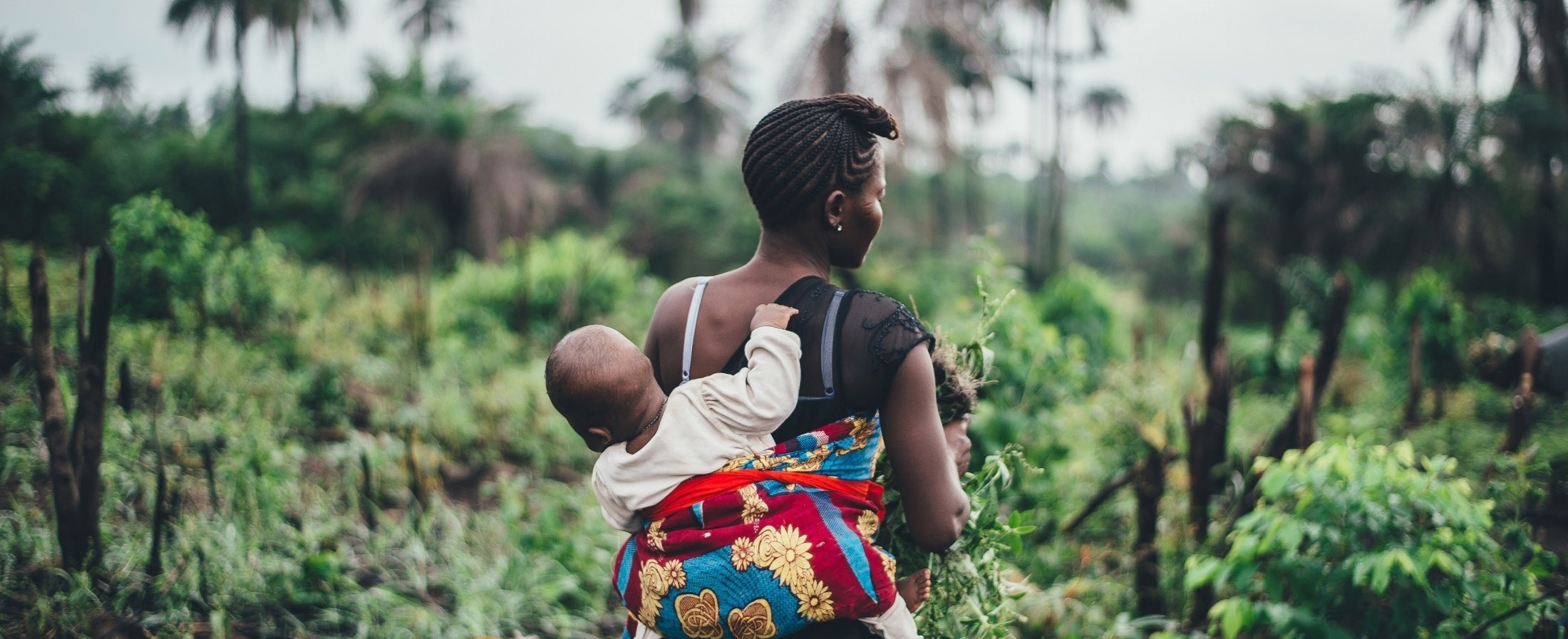Civil Strife and Displacement
WE POORLY UNDERSTAND the ways in which multiple complex, coincident, and interacting environmental changes will alter habitability and drive population displacement, but these changes are likely to be associated with large burdens of disease and disability. Little is currently understood about how the combination of climatic disruption, natural hazards (e.g., droughts, heat waves, floods, fires, tropical storms), water scarcity, land degradation, and resulting crop and livestock failures may interact to make parts of the world that currently support large numbers of people uninhabitable. How many people are likely to be displaced? What populations are most vulnerable? And when people are displaced (many of them with very few resources) into areas where they may not be welcome, will civil strife ensue? We know that such displacement is associated with sharp increases in infectious disease outbreaks, malnutrition, and physical and mental trauma. What are the best approaches to managing increasing requirements for population movement with the least conflict and health burden? These types of questions require urgent focus.
L2: Analyze the impact of transnational movements on population health.
L3: Consider how projected ecosystem changes over the next 50-100 years may impact issues of civil strife and displacement.
A teaching manual with sample modules and associated activities for teaching about health and environmental change produced by COPEH-Canada.
→ Español
→ Français
→ English
→ Read more
Webinar Series: Climate Change and Migration
This series includes three webinars on the relationship between climate change and migration. The first webinar looks at the connection between climate change and armed conflict. The second webinar introduces the link between climate change and migration. The third webinar assesses the progress made in addressing climate-linked displacement since the Paris agreement.
→ Watch the videos
Climate Change and Health
(L2, L3) Harvard TH Chan School of Public Health podcast shares an in-depth conversation about the effects of climate change and the steps we can take to reduce the damage.
→ The podcast
→ Teaching tool
Drought and War Heighten Threat of Not Just 1 Famine, but 4
(L2, L3, L4) In Somalia and other African countries suffering from drought and famine, lack of clean water and proper hygiene are behind massive outbreaks of communicable diseases in displaced-persons camps.
→ Read more
Population Displacement and Global Health
This University of Oregon course provides a conceptual framework necessary for understanding the causes and consequences of human displacement in the contemporary era.
→ Syllabus
Articles
